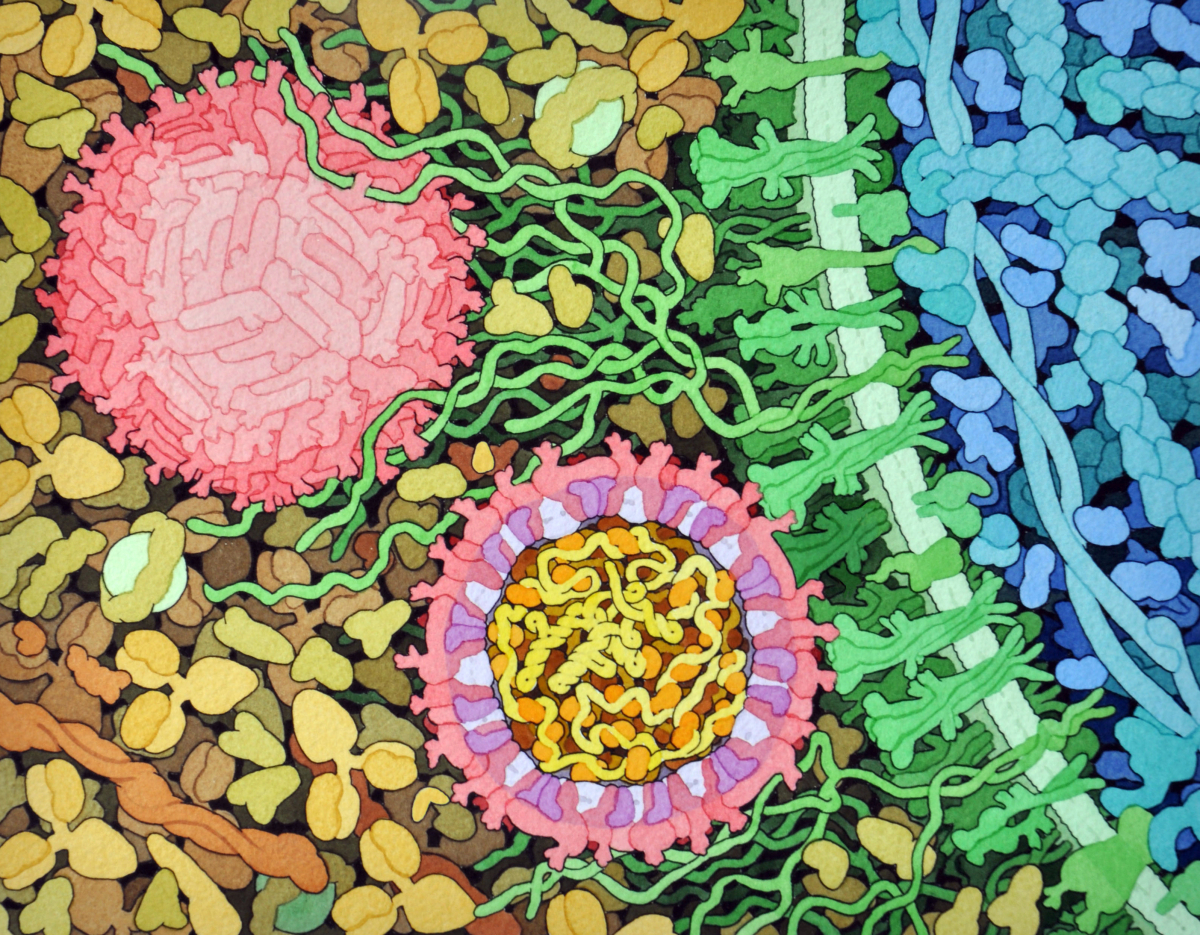One of the most difficult processes is determining the genetic structure and nucleotides of the animals. Identifying the sequence of a live being made up of multiple genetic letters necessitates extensive research and a significant financial expenditure.
Rice University researchers collaborated with Texas Children’s Hospital, the Broad Institute of MIT, and Baylor College of Medicine to develop a low-cost genome sequencing technique. The approach was used to sequence the genomic structure of a mosquito species (Aedes aegypti). The entire process cost about $10,000, which is a bargain when compared to the traditional approach of sequencing DNA employed by researchers.
This is the first complete sequence of a mosquito’s genome, which is responsible for the transmission of Zika, dengue fever, yellow fever, and other deadly diseases, and will aid researchers in combating these terrible killers. The notable achievement was its cost-effective budget, which, if implemented a few years ago, would have cost billions to achieve. Because the new grouping method may be used to any living being, including people and infections that afflict them, it represents a significant step toward a more realistic and far-reaching logical and therapeutic use of genomic data.
Low-cost sequences have become more common in recent years, although they still use short strings with just a few hundred base combinations apiece. The meticulous task of compiling a vast number of strings into a complete end-to-end sequence is a separate activity that requires powerful computers, a lot of drudgery, and a significant financial investment. That is why the vast majority of life forms have yet to be sequenced in their entirety.
The new method relies on using modern sequencers to generate short strings, then looking at how the chromosomes of the life form being sequenced are tucked away inside the cell nucleus. Similarly to proteins, the nuclear structure of the particle influences the collapse. Finding a comparable arrangement inside chromosome and predicting how two short strings will fold when adhered to each other shows where those threads are available. While the same scientists developed the approach for assessing chromosomal collapse, it took a few years to understand its amazing new use.
